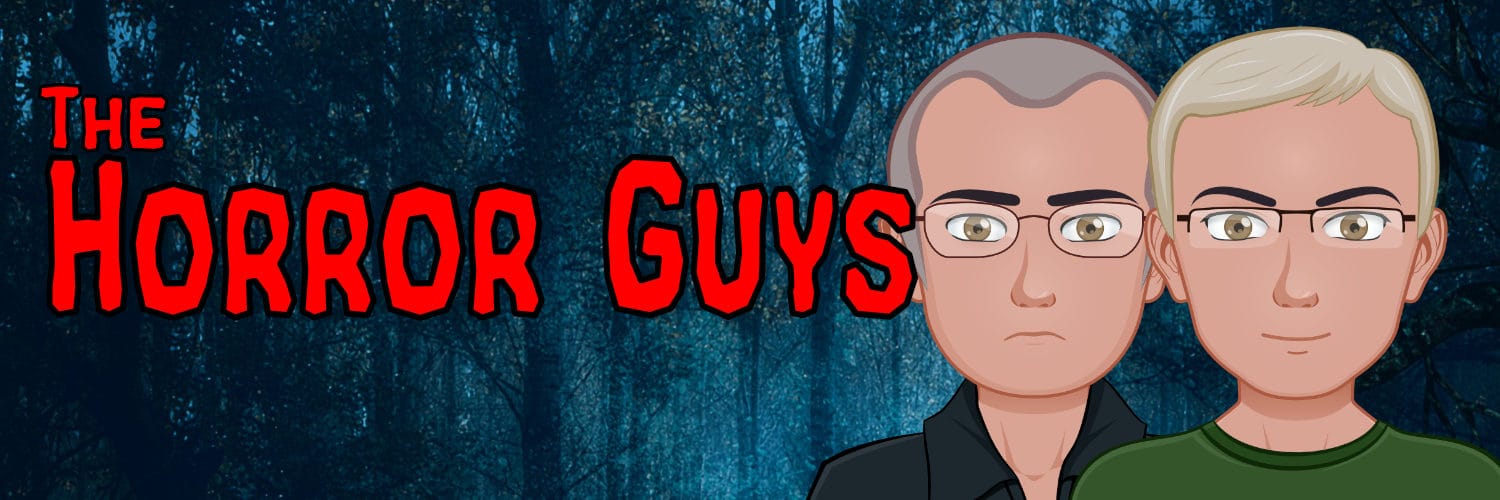Director: Xavier Burgin
Writers: Ashlee Blackwell, Danielle Burrows
Stars: Meosha Bean, Ashlee Blackwell, Robin R. Means Coleman
Run Time: 1 Hour, 23 Minutes
Link:

Synopsis
This documentary traces the history of black people in film through various interviews and commentary from experts.
It starts out early showing clips of white men in blackface in the 1920s film, “Birth of a Nation” which literally heavily promoted the KKK.
Later, “The Son of Ingagi” from the 1940s was the first black-made horror film. It’s also got a black woman as a “mad” scientist who cares for an ape-man in her basement. This film did a lot to normalize black people, and show that they weren’t all the stereotypical tribal types shown in horror films before that point.
Black people generally played servants, tribal people, or comedy relief characters, and these were very big for several decades, with no serious roles. There is a lot of discussion here about monsters and aliens being metaphorical stand-ins for black people (King Kong is mentioned).
Then came Duane Jones in “Night of the Living Dead,” which had a black man as the central character. There’s been a lot said in the following decades on that film’s effect on racism in film.
And then came the “blacksploitation” films, notorious for being over-the-top and low-effort, but they still managed to make money. The most successful of these is, of course, “Blacula,” which had a crazy amount of influence. These films did manage to push the idea of black directors and creators.
Then we advance into the 80s, where the token black person always dies first. The black actors are compared to the red shirts in Star Trek. “The Sacrificial Negro” is apparently an entire trope, most recently seem in “Annabelle” (2014). The other big trope is the “Magical Negro” which can be seen in a lot of films such as “The Shining.”
Then the 90s came along, with “Candyman,” and that was a huge hit, creating lots of new African-American filmmakers and more prominent black actors in horror films, such as “Tales from the Hood.”
In the 2000s, the rappers hit horror films, many of which ended in the letter “Z” like in “Wolvez” and “Vampz.” Things get a lot more serious with “The Girl with all the Gifts,” which had a little black girl as the hero of the story and “Get Out” with a black hero who actually survives to the end. With these last two discussion, the documentary ends on a positive note.
Commentary
There’s lots of clips from the films mentioned, and although they’re all famous films, I have to admit, there’s a lot of these older films that I haven’t seen. I’m pretty familiar with all the films from to 80s and onward mentioned here, but I don’t know most of the ones from the 70s. There were really no black characters of any significance in any of the Universal films of the 30s-50s.
Here with the Horror Guys, we’ve focused on the early days of Universal Horror, the 60s with Hammer, and modern-age horror. We’ve tended to skip over the nuclear age 1950s horror and the 1970s horror like the Blacksploitation films. We’ll definitely be covering these eventually. They’re just eras we haven’t worked on yet, but we’re definitely looking forward to those eras.
This documentary is a great overview of the timeline of black horror, and focuses on a few major releases from each time period. It’s a lot of fun seeing how these completely unrelated films tell a story in their timing, acting, and time periods. It’s a very cool documentary.

